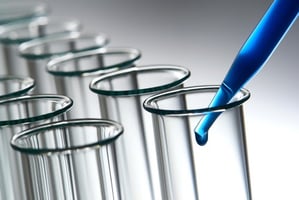Why "Bath Salts" Are Addictive
New research by scientists at the National Institute on Drug Abuse (NIDA) indicates that the active compounds in "bath salts" (mephedrone and methylone) bind to monoamine transporters on the surface of some neurons. This in turn leads to an increase in the brain chemical serotonin, and to a lesser extent, dopamine, suggesting a mechanism that could underlie the addictive potential of these compounds.
"Our data demonstrate that designer methcathinone analogs are substrates for monoamine transporters, with a profile of transmitter-releasing activity comparable to 3,4-methylenedioxymethamphetamine (MDMA, or 'ecstasy')," wrote NIDA researchers in the online December 14 Neuropsychopharmacology. "Given the widespread use of mephedrone and methylone, determining the consequences of repeated drug exposure warrants further study, " they said.
Read more about "bath salts" in Psychiatric News.
"Our data demonstrate that designer methcathinone analogs are substrates for monoamine transporters, with a profile of transmitter-releasing activity comparable to 3,4-methylenedioxymethamphetamine (MDMA, or 'ecstasy')," wrote NIDA researchers in the online December 14 Neuropsychopharmacology. "Given the widespread use of mephedrone and methylone, determining the consequences of repeated drug exposure warrants further study, " they said.
Read more about "bath salts" in Psychiatric News.
(Image: Psychiatric News)






